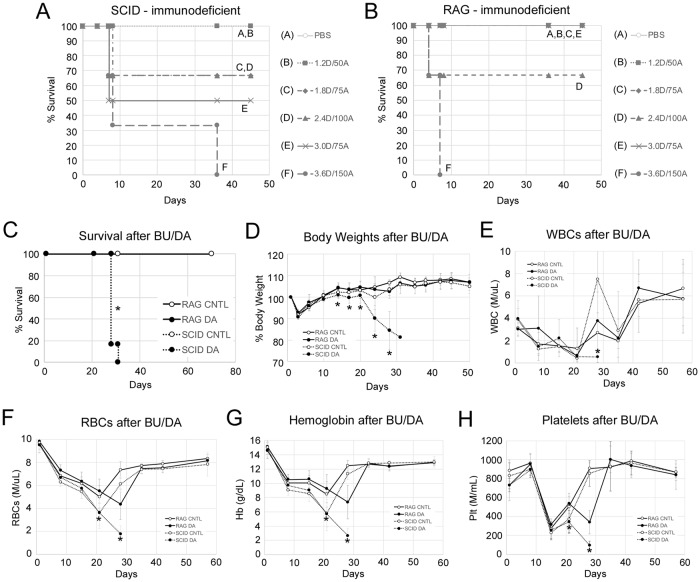Fig 1. RAG knockout mice tolerate higher AML therapy than SCID-based mice.
A) Naïve male NSGS mice (n = 3–4, 25.6 +/- 1.1g average body weight) with SCID immune deficiency or B) NRGS male mice (n = 3–4, 27.8 +/- 2.3g) with RAG knockout immune deficiency were challenged with various doses (doses in mg/kg) of combined daunorubicin (D) and Ara-C (A) injection for 3 consecutive days. Survival was monitored to determine maximum tolerable doses. Mice were sacrificed when they reached humane endpoints as described in the methods. (C-H) Mice (n = 4–5 per group) were conditioned with busulfan 3 weeks before exposure to 1.2mg/kg daunorubicin and 50mg/kg Ara-C (BU/DA). Survival (C), relative body weight (D), PB WBCs (E), RBCs (F), hemoglobin (G), and platelets (H) were monitored for responses to chemotherapy. For C-H, 8–12 week old female mice were used with starting weights of 25.4 +/- 3.0g (NRGS) and 24.4 +/- 1.9g (NSGS). Asterisks indicate p<0.05. For C-H, asterisks indicate significant differences between the SCID DA and RAG DA groups. CNTL = PBS controls, DA = combined daunorubicin/Ara-C, WBCs = white blood cells, RBCs = red blood cells.

